The comet or asteroid hit near Jupiter's South Pole. The color part of this picture shows the area of the impact magnified. There is a white, oval storm. Do you see the black patch below the white oval? That is where the comet or asteroid hit!
Click on image for full size
Images courtesy of NASA, ESA, and H. Hammel (Space Science Institute, Boulder, Colo.), and the Jupiter Impact Team.
Impact on Jupiter - July 2009
Anthony Wesley is an astronomer in Australia. One night in July 2009, Wesley noticed a dark spot on Jupiter that hadn't been there before. He had discovered the remains of a huge impact on Jupiter! A comet or asteroid had collided with the giant planet. The impact left a dark "scar" in Jupiter's atmosphere where the comet or asteroid had exploded.
Nobody saw the object it hit Jupiter. We don't know whether it was a comet or an asteroid. The comet or asteroid was probably a few hundred meters (less than a mile) across. It exploded in Jupiter's upper atmosphere. The explosion made a dark smear in Jupiter's atmosphere. The dark spot is near Jupiter's South Pole. The dark spot is about as big as the Pacific Ocean.
After Wesley reported the impact, lots of other astronomers pointed their telescopes at Jupiter. The Hubble Space Telescope snapped a nice picture. The Keck telescope in Hawaii also took a picture... in infrared "light". Those pictures will help scientists learn about large impacts. Jupiter was hit by another comet not too long ago. In 1994 several pieces of Comet Shoemaker-Levy 9 crashed into Jupiter.
You might also be interested in:
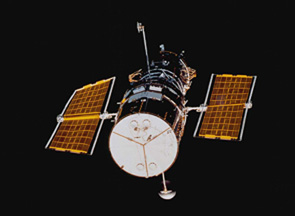
The Hubble Space Telescope (HST) is really neat! It was first launched in 1990, but scientists started building it in the 1970's! We have found all kinds of objects like stars, nebulae and galaxies. The
...more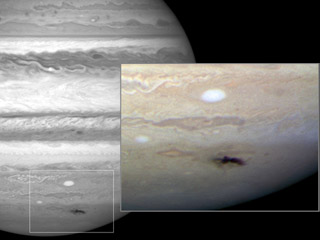
Anthony Wesley is an astronomer in Australia. One night in July 2009, Wesley noticed a dark spot on Jupiter that hadn't been there before. He had discovered the remains of a huge impact on Jupiter! A comet
...more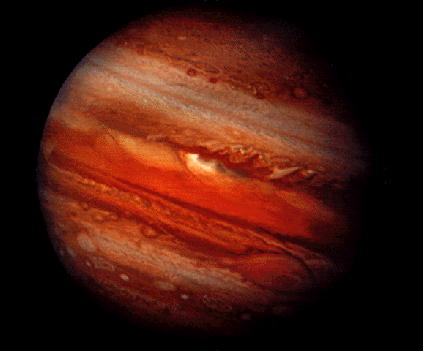
Jupiter is the biggest planet in our solar system! It's also very bright in the sky. We don't know who discovered it, but we do know the ancient Greeks named the planet after the god, Zeus. The United
...more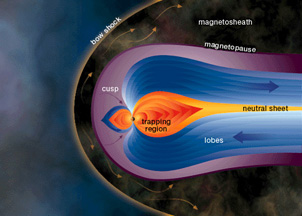
Jupiter's magnetosphere is very special. It is the biggest thing in the entire solar system. Not only is it big enough to hold all of Jupiter's moons, but the sun itself could fit inside. It goes all
...more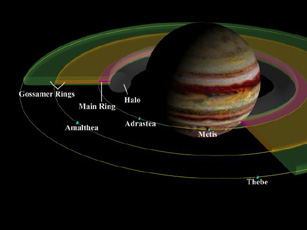
You may think Saturn is the only planet with rings. It is not! Jupiter has rings, too. They aren't as easy to see as Saturn's, but they are there! Saturns rings are made of ice and are very bright. Jupiter's
...more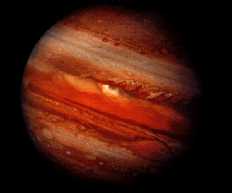
The giant planets have definitely changed since their formation. But how much remains to be seen. Most of the original air of the giant planets remains in place. (The earth-like planets lost most of their
...more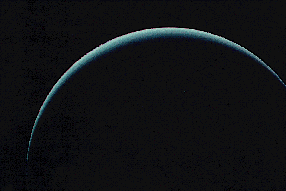
The mesosphere of Jupiter is a region of balance between warming and cooling. That essentially means that nothing happens there. Except for diffusion, the atmosphere is still. Upper reaches of the atmosphere,
...more














